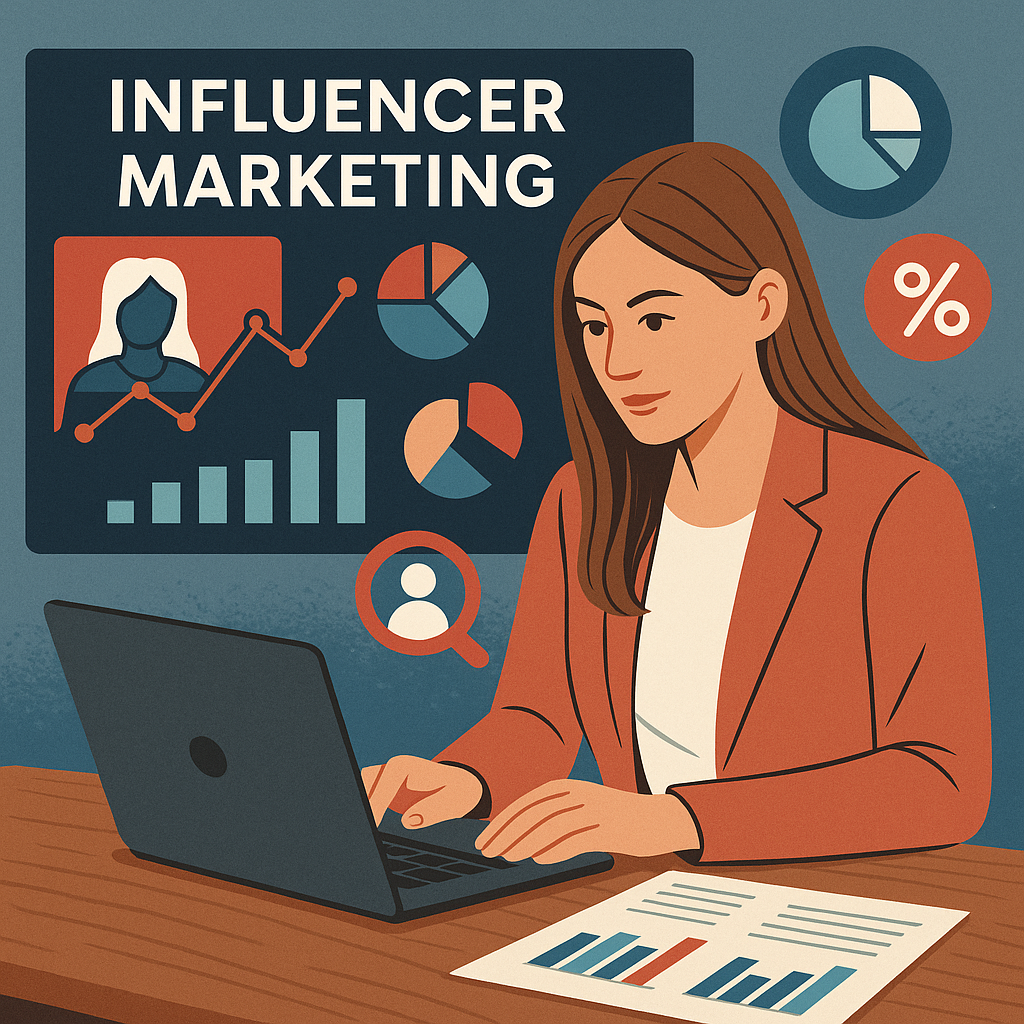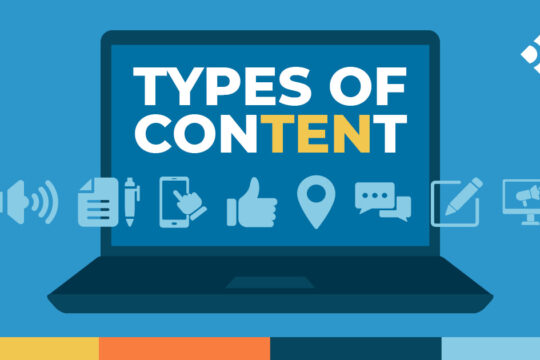Table of Contents
- 1 Why Data Matters in Influencer Marketing
- 2
- 3 Types of Data Used for Influencer Campaigns
- 4 Choosing the Right Influencers with Data Insights
- 5
- 6 Measuring Campaign Success Beyond Likes and Follows
- 7
- 8 Emerging Technologies and AI in Influencer Analytics
- 9
- 10 Making Sense of Social Trends with Robust Analytics
- 11
- 12 Compliance and Privacy Concerns
- 13
- 14 Future Outlook: Data’s Growing Role in Influencer Marketing
Why Data Matters in Influencer Marketing
The influencer marketing space has undergone a dramatic evolution over the past decade. Where early campaigns rewarded influencers based on reach or aesthetics, the fast-moving digital climate now demands true performance and measurable outcomes. Brands today expect more than brand awareness—they want tangible growth in customer loyalty, sales conversions, and community building. As a result, data has become the connective tissue that binds all parts of a marketing campaign, from pre-campaign planning to post-campaign evaluation. An AI-driven influencer marketing agency brings rigorous data analysis capabilities that delve deeper than surface-level statistics. By examining engagement history, audience interaction, conversation quality, and even previous purchase patterns, these agencies help brands align with creators who have proven, data-backed influence on consumer behavior.
This shift toward a culture of measurement is also redefining collaboration between influencers and brands. Instead of one-size-fits-all approaches, campaigns are now finely tuned to address the goals of both brand and creator, including value alignment and authentic messaging. Data paves the way for partnerships built on transparency and shared metrics of success—a far cry from the purely aesthetic alliances of the past.
Types of Data Used for Influencer Campaigns
Not all data is created equal when it comes to influencer marketing. Traditional baseline metrics—like total audience size—still have some utility but are no longer the primary spend drivers. Today, demographic breakdowns reveal where audiences reside, what languages they speak, and how closely their interests match the goals of a particular campaign. For example, a beauty brand launching a product in a new region benefits more from partnering with a micro-influencer whose audience aligns with the relevant locale and age group rather than a global celebrity with unmatched reach but generalized appeal.
Engagement quality is another critical layer. Metrics such as comments-per-post, shares, save rates, and dwell time provide clues about how deeply followers connect with a creator’s content. Advanced analytics platforms provide real-time dashboards that pull in metrics like story completion rates, link clicks, and post interactions from all primary channels.
Brands are also increasingly drawing on sentiment analysis, which uses machine learning to determine how audiences feel about campaign topics, products, or brands. When integrated into broader performance tracking—such as traffic analytics, conversion rates, and even offline actions like store visits—sentiment data can complete the feedback loop for even the most complex influencer activations.
Choosing the Right Influencers with Data Insights
Brands are increasingly recognizing that smaller, niche creators can inspire more loyalty, trust, and targeted action within their communities. Data-driven influencer selection allows brands to compare the actual return on investment from varying tiers of creators, avoiding over-investment in creators whose audience might be saturated, disengaged, or mismatched. Lookalike audience analysis uses digital tools to identify creators whose audience psychographics closely resemble their highest-converting customer base. Interest mapping tracks followers’ behaviors, purchasing histories, and sharing habits to understand what content or offer will lead to desired outcomes for each segment. Performance benchmarking uses comparative benchmarking tools to rate creators based on historical performance, including conversion, engagement longevity, and meaningful advocacy for other brands or causes. These data-rich processes reduce risk, empower smarter spending, and cultivate more authentic and sustainable collaborations, enabling even smaller brands to activate a network of highly specialized creators.
Measuring Campaign Success Beyond Likes and Follows
Social media metrics provide a sense of campaign vitality, but brands increasingly seek to understand the full journey—from audience exposure to tangible business impact. Modern tracking technology lets marketers attribute purchases, app downloads, and sign-ups to specific influencer touchpoints in a consumer’s path. This granular approach transforms previously fuzzy ROI calculations into concrete numbers.
Brands deploy unique links, influencer-specific promo codes, and dynamic landing pages for precise source attribution. When integrated with CRM and e-commerce platforms, these tools highlight which creators drive incremental business, not just engagement. Sometimes, this uncovers unexpected outliers, where a mid-tier influencer produces more sales than a household name. With such insight, marketers can quickly pivot budgets, test new ideas, and scale up what works.
Another key innovation is multi-touch attribution modeling—a system that weighs the combined effect of several influencer interactions within longer buying cycles. This level of insight brings marketing functions closer to the goal of omnichannel personalization, where every touchpoint is tailored, measured, and iterated for peak impact.
Emerging Technologies and AI in Influencer Analytics
Artificial intelligence is fast becoming the engine of high-performance influencer marketing. Today’s AI tools can analyze thousands of data points per second to predict audience trends, content virality, and optimal posting schedules. As digital footprints grow, machine learning models can adapt and refine message targeting far faster than even the most experienced human strategists. This technology allows brands of all sizes to compete at the speed of culture without losing the unique voices and aesthetic styles that creators bring.
- Trend forecasting: Platforms equipped with AI can monitor the rapid flow of new hashtags, memes, consumer conversations, and content formats globally, helping brands seize cultural moments in real-time rather than reacting after the fact.
- Content optimization: Automated A/B testing, sentiment analysis, and creative diagnostics help teams iterate quickly, delivering campaign improvements that previously took weeks or months to discover.
- Fraud detection: The problem of influencer fraud, including fake followers or bought engagement, is on the rise. AI-powered monitoring scans for irregular spikes and suspicious behaviors, preventing wasted budgets and reputational risk with precision.
These capabilities mean influencer marketing can now be run as a living system—continuously learning, adjusting, and growing in sophistication with each campaign cycle.
Making Sense of Social Trends with Robust Analytics
Social media is an ecosystem shaped by culture, breaking news, and evolving audience moods. Timeliness is everything, but so is relevance. Data-driven analytics platforms allow brands to spot fast-emerging trends, subcultures, or conversations that could shape brand perception for better or worse. Campaign strategies can then be quickly adjusted, ensuring ongoing resonance and impact.
Many brands credit their success during unpredictable world events to their ability to work hand-in-hand with creators who can pivot their message instantly. Through close tracking of sentiment, share patterns, and consumer feedback, marketers could shift from hard-sell campaigns to moments of comfort, support, or levity as needed. Analytics offer a real-time window into what audiences want, ensuring no campaign is ever tone-deaf or out of touch.
Compliance and Privacy Concerns
The new era of influencer marketing brings more responsibility to consumer data. Proper data governance is non-negotiable, and regulations like GDPR, CCPA, and others are emerging worldwide. Brands must ensure that all audience analytics are collected, stored, and deployed by privacy standards, providing transparent opt-in processes and respecting user consent.
Many organizations have turned to robust consent management solutions to safeguard consumer trust and enforce strict audit requirements for their influencer partners. Beyond legal compliance, a strong stance on privacy and transparency can act as a differentiator, letting brands develop deeper connections and loyalty with increasingly privacy-aware audiences. A strong track record in data ethics is rapidly becoming as important as campaign performance.
Future Outlook: Data’s Growing Role in Influencer Marketing
As data-driven strategies take center stage, the future holds immense promise. Brands that equip their teams with advanced analytics tools and foster a culture of experimentation will unlock new creative opportunities and sustained growth. The next wave of influencer marketing is poised to offer deeper personalization, more intelligent automation, and the ability to form nuanced partnerships with communities of every size, all guided by meaningful metrics.
The intersection of creativity and analytics will continue to set the most successful campaigns apart. Marketers who embrace data while maintaining human empathy and creator authenticity will build lasting relationships with influencers and audiences, navigating complexity in an agile, transparent, and highly relevant way.




